Art and Snipe
Giancarlo De Carolis - xylography Born in Bologna in 1923, arrived in Rimini for professional reasons in 1953, Giancarlo De Carolis was fascinated by sailing and in particular by the Snipe. Member and for a long period member in the board at the Club Nautico Rimini, he has always been engaged in favor of the Snipe class as a competitor and as a fan. As such, he is committed to keeping alive the Coppa Tamburini. He illustrated many Notices of Race of Coppa Tamburini in Rimini since 1978. Giancarlo worked for the Snipe World Championships in Rimini in 1995 also offering an original xylography to all competitors. He is Snipe fleet captain from the 70s to today. ...
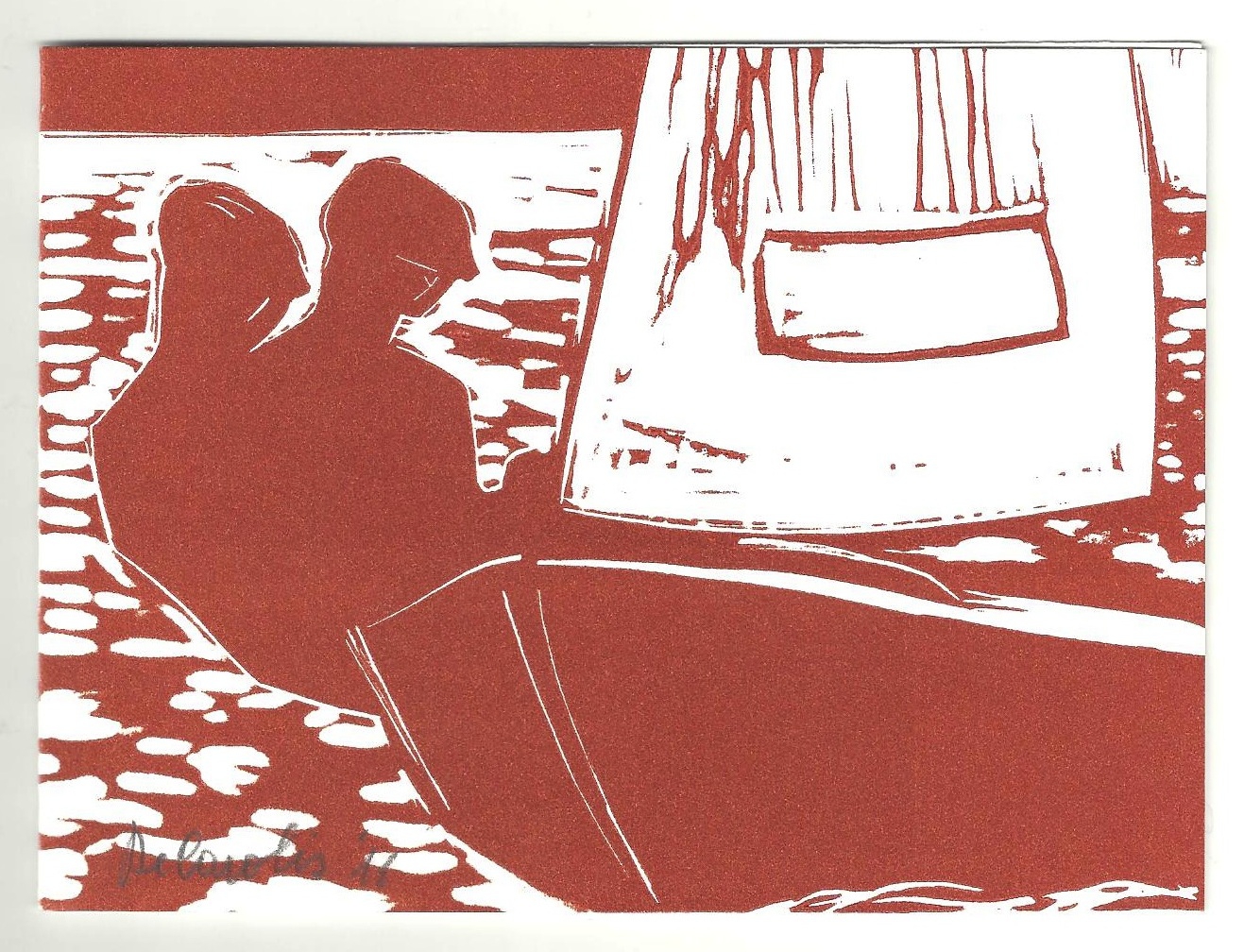

Giancarlo De Carolis – xylography
Born in Bologna in 1923, arrived in Rimini for professional reasons in 1953, Giancarlo De Carolis was fascinated by sailing and in particular by the Snipe. Member and for a long period member in the board at the Club Nautico Rimini, he has always been engaged in favor of the Snipe class as a competitor and as a fan. As such, he is committed to keeping alive the Coppa Tamburini. He illustrated many Notices of Race of Coppa Tamburini in Rimini since 1978. Giancarlo worked for the Snipe World Championships in Rimini in 1995 also offering an original xylography to all competitors. He is Snipe fleet captain from the 70s to today.
…
The author is an artist and sailor who combines artistic inspiration with the accuracy of the science of sailing. As you can see, according to the different points of sailing, the sail trims, the heels of the boats and the positions of the crew are perfectly made.
Any work of art, big or or small, is always the testimony of an encounter between two people: the one who did the work and the one who looks at it.
Xylography is wood engraving, and the oldest known relief printmaking technique. The discipline was first practiced in China, then picked up in Europe centuries later. Using a block of wood in somewhat the same manner as a rubber stamp, a xylographer cuts and/or carves wood away from those parts of the design that will not be inked. The “sticking up” parts that are left form the final print.
1.jpg
2.jpg
3.jpg
4.jpg
5.jpg
6.jpg
7.jpg
8.jpg
Comments for this post are closed

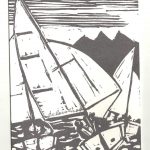
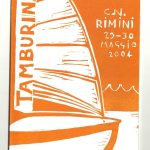
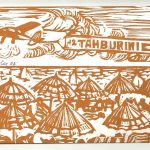
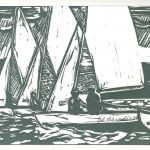
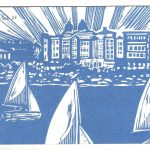
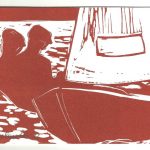
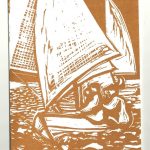
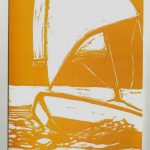
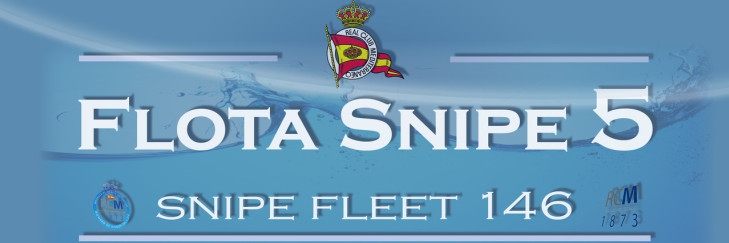
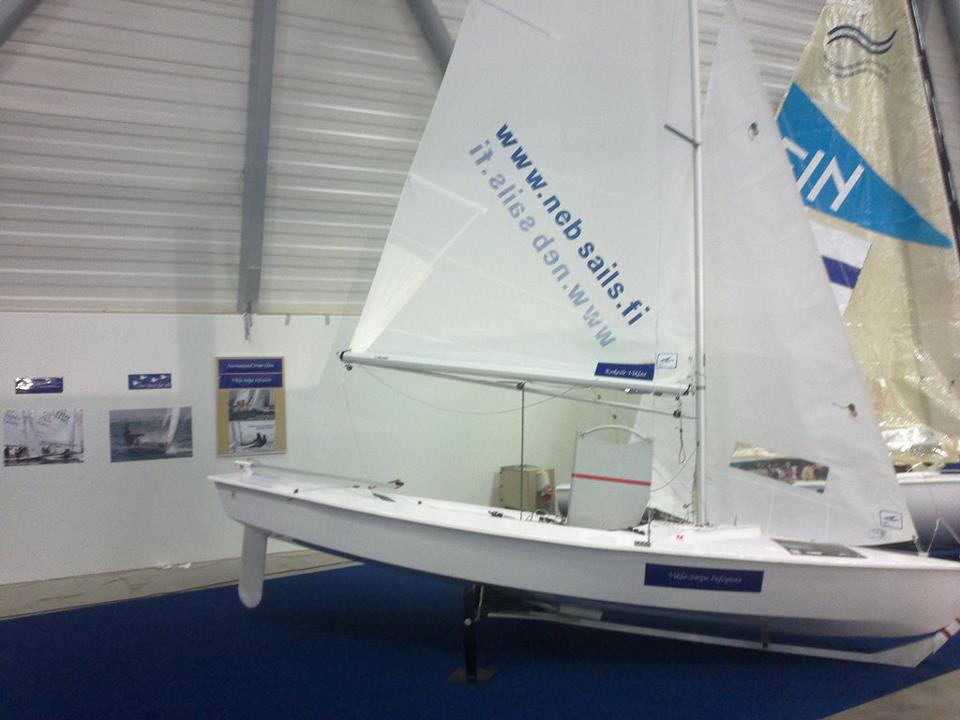
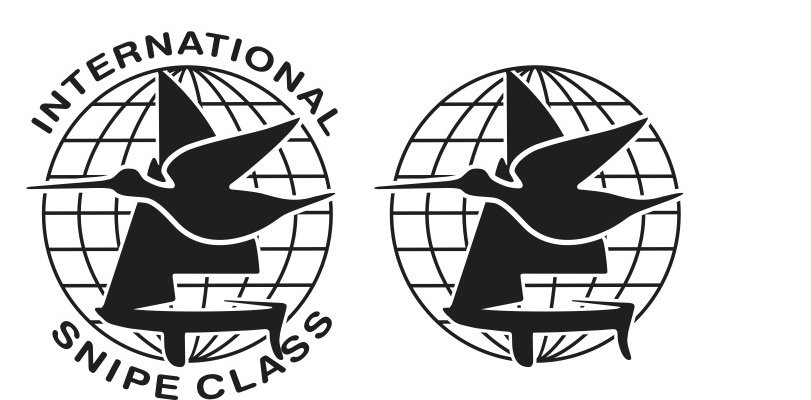
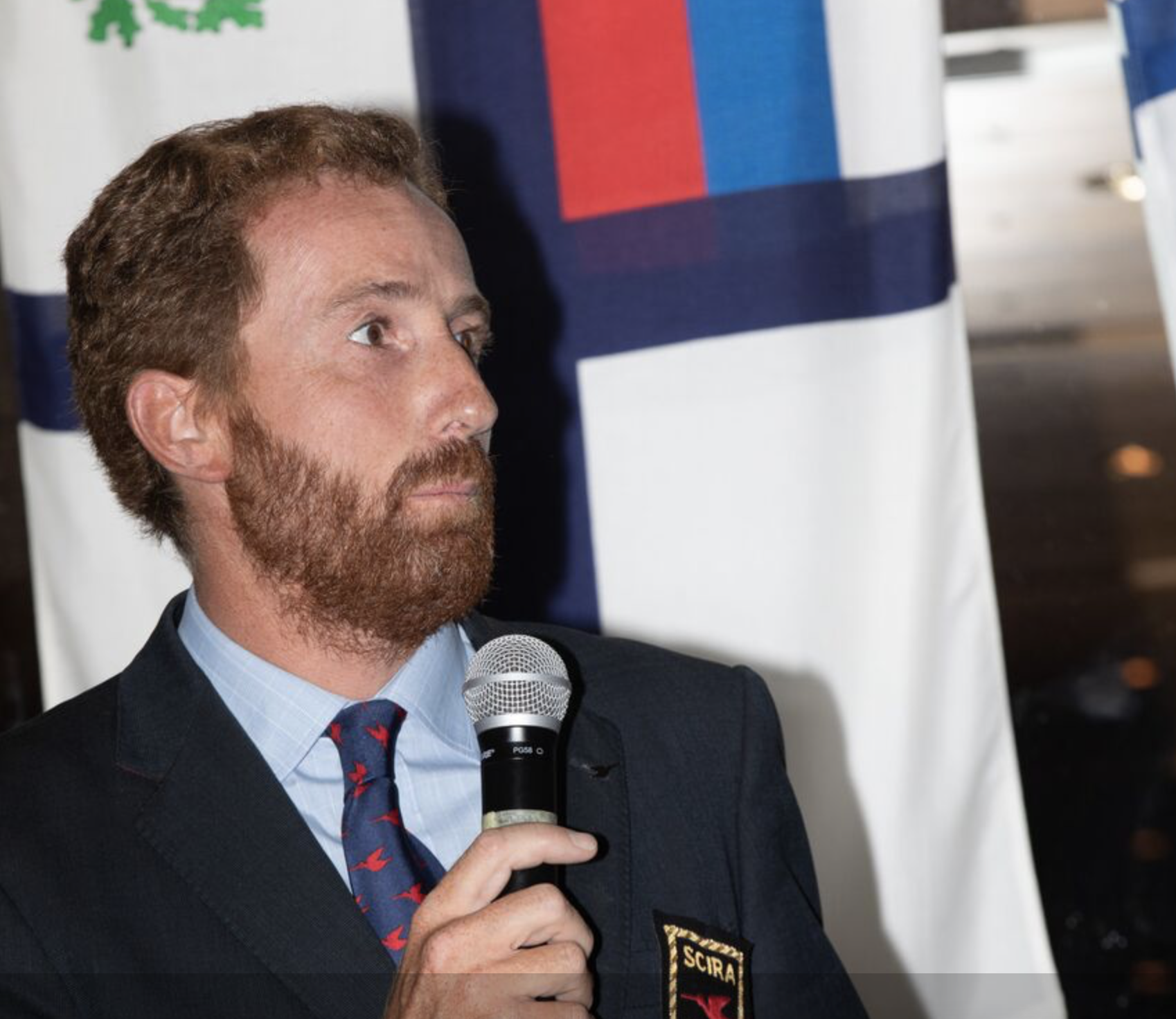
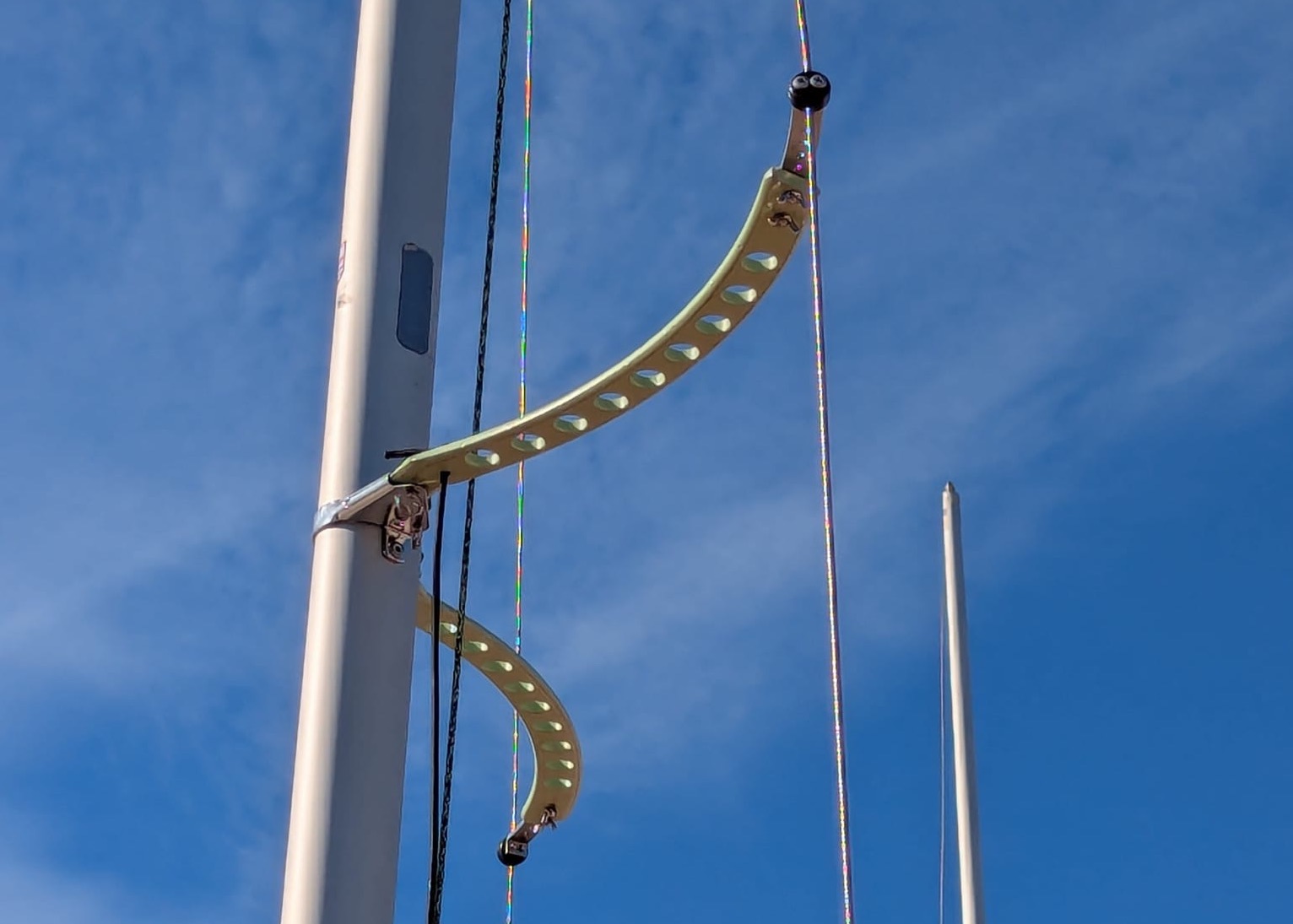
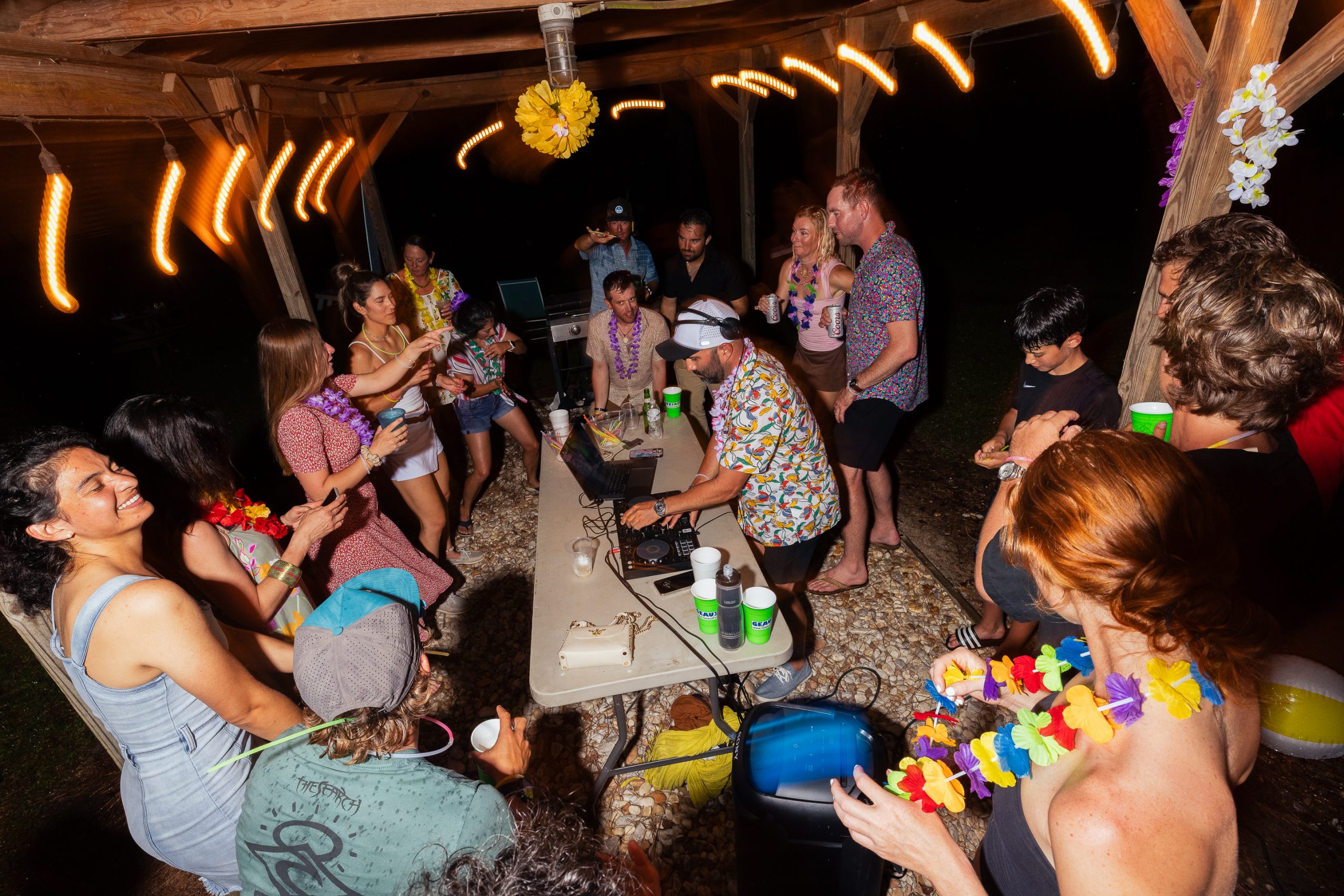
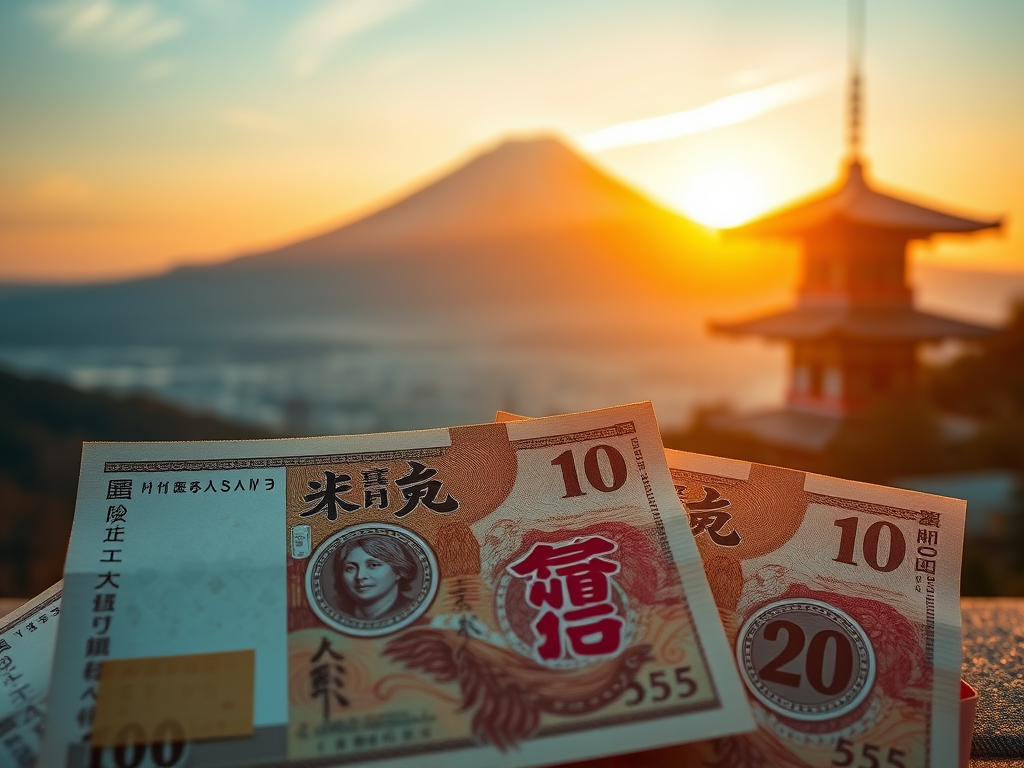
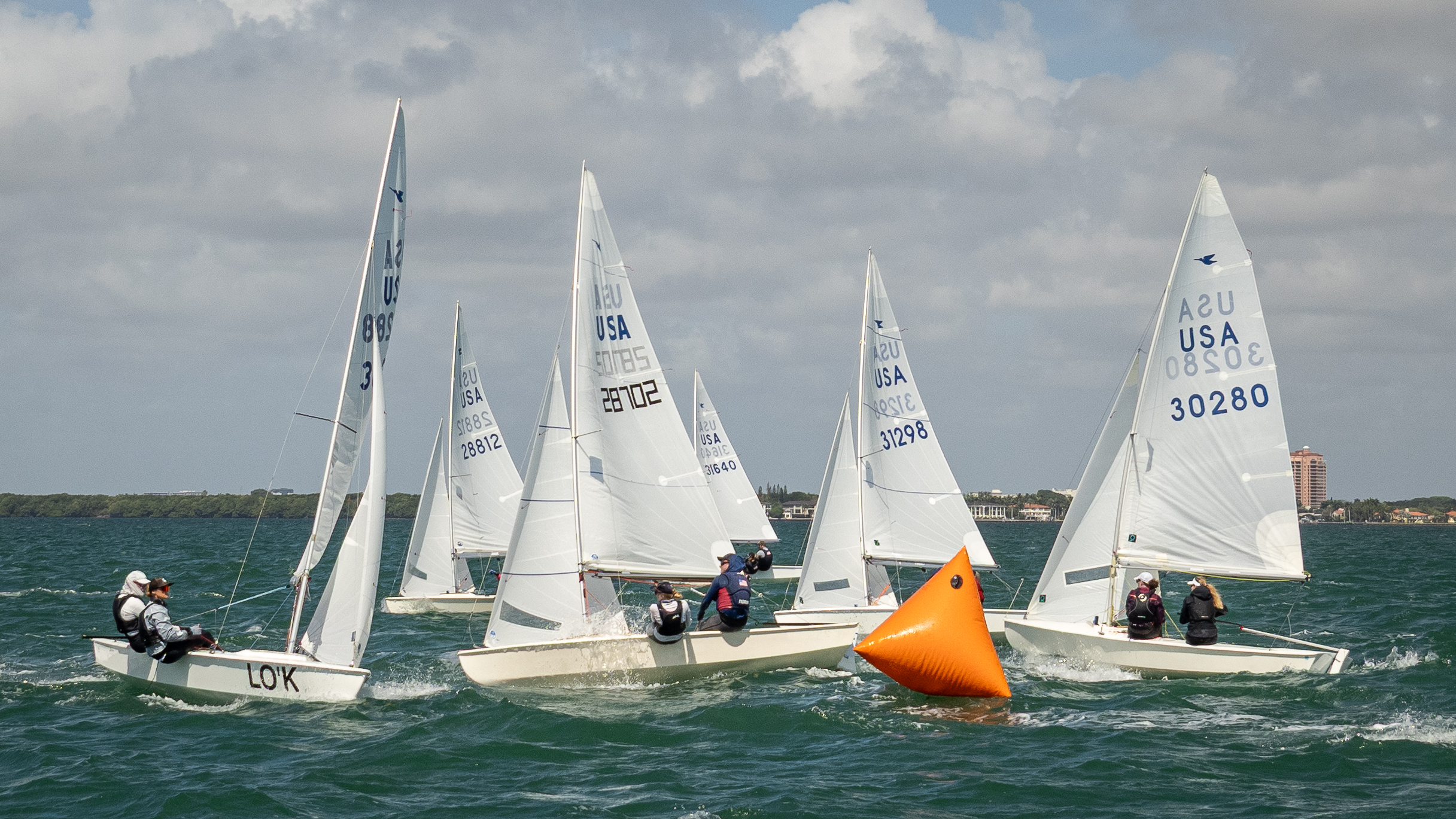
0 comments